 Petrus Gonsalvus, in his singularity, was successful man in life. The hypertrichosis that afflicted him and that definitely aroused great curiosity, rather than a limit eventually prove to be a “trump card.” Thanks to his intellectual gifts, he was considered one of the most well-known in the sixteenth century aristocrat. And this is his story.
Petrus Gonsalvus, in his singularity, was successful man in life. The hypertrichosis that afflicted him and that definitely aroused great curiosity, rather than a limit eventually prove to be a “trump card.” Thanks to his intellectual gifts, he was considered one of the most well-known in the sixteenth century aristocrat. And this is his story.
He was born in 1537 in Tenerife, a descendant of the “Mencey”, the king of the aborigines of the Canary Islands (Guanches) overwhelmed and enslaved by the Spanish conquest at the end of ‘400. It seems that Pedro Gonzales, this is his name, was a “muchacho muy hermoso“, whose characteristic was to have his face and body covered with a fine down dark red, which, however, discovered in the faces of beautiful regular features, as reported the chronicles. At the age of ten years, it seems that he was sent as a “gift” from the Canary Islands to King Charles V in the Netherlands, but during the crossing raid of French privateers led to the capture of Pedro that was conducted instead, games of fate, in homage to King Henry II of France.
A court ruled then that the historical Catherine de ‘Medici, wife of the king, a woman with a strong personality and character policy, small in stature and not very pleasant to look at, rather selfish and often cruel, with some peculiarities such as being extremely greedy (he was the first to bring to court the use of the fork), and lover of all that was exotic. The entrance of the boy “guancho” aroused great interest in her then, ambition before courtiers to host a unique testimony of its kind. Pedro was seen as an icon by exotic store with every consideration. Was routed to the study of Latin spoken and written (at that time regarded as the highest form of culture) and the humanities, yes that grew like a true gentleman prejudice to the Court for 44 years under the name of Don Petrus Gonsalvus, a duty to its real origins.
In 1573, when Petrus was 36 years old, the queen believed it was better to give him a wife. The choice was not much chance of Catherine, the most beautiful of her bridesmaids, perhaps for the … scientific curiosity to see what would be built by the contrasting combination. It is said that the girl, at the time of coming to Petrus presented as his wife, fainted in his presence. However, beyond the hair that darkened his face and that would intimidate any girl waiting for Prince Charming, Petrus was equipped with an impressive physique, that characteristic of the Guanches of Tenerife, which would have had to basics infiltration of northern European peoples , pale skin and blond hair. Hence it is reasonable to infer the reddish hair of Petrus. And ‘to assume that the initial swoon Catherine and forced marriage are being solved in a union unexpectedly happy, because the sensitivity, kindness and culture of Petrus came to conquer. It in fact born six children, four of whom were suffering from hypertrichosis. And the Queen was satisfied.
Ulisse Aldrovandi, passionate naturalist of the 500, studied family members Gonsalvus, by posting pictures of one of his volumes entitled “De Monstris”, where the Latin word 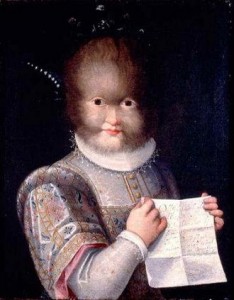 “monstrum” did not have that negative meaning we attribute to modern use, but something out of the ordinary, of portentous, exceptional. In fact, Aldrovandi showed those malformations that nature often gives surprise to all beings on this earth, human, animal and plant. In turn, the portrait painter Lavinia Fontana, a friend of the family Aldrovandi, portrayed the daughter of Petrus Antoinette called Tognina, and so also the same Petrus.
“monstrum” did not have that negative meaning we attribute to modern use, but something out of the ordinary, of portentous, exceptional. In fact, Aldrovandi showed those malformations that nature often gives surprise to all beings on this earth, human, animal and plant. In turn, the portrait painter Lavinia Fontana, a friend of the family Aldrovandi, portrayed the daughter of Petrus Antoinette called Tognina, and so also the same Petrus.
Apparently Petrus Gonsalvus and his family are the oldest documented cases of hypertrichosis in Europe. This disorder is found in the little black and Asian ethnic groups and less common in northern Europe, most frequently in the Mediterranean instead. Currently, worldwide known a hundred cases of this that is considered a real disease, manipulated by the media and now visible in all known national-popular television programs.
This unusual love story was popularly equated to that of “Beauty and the Beast” and in some ways there are clear similarities. The tale, written in 1550 by Italian Gianfrancesco Straparola and then by the French Charles Perrault at the end of’ 600, although probably inspired by the figure of Gonsalvus at that time very well known, actually has its origins in the ‘ancient classical literature greek – Latin, remembering “Metamorphoses” of Apuleius, philosopher, writer of the original Platonic school of Numidia. There will also be a plethora of interpretations of the fairy tale in the ‘700 with a social-educational, until today with film versions, literary, theater and television.
After the death of Catherine de ‘Medici in 1589, Petrus Gonsalvus with family left the French court to travel to Italy, where he stayed at the court of Parma. Later, he settled permanently in Capodimonte on Lake Bolsena (Viterbo), where he died in 1618, aged 81. The details of his life can be found in ‘Vatican Archives and the State Archives of Rome and Naples.
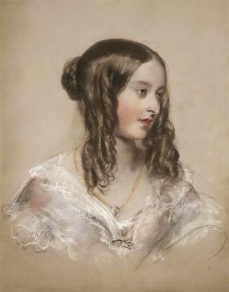 Queen Victoria to King Leopold, following Louise’s death. Although Queen Victoria – the doyenne of mourners! – tends to be very over-emotional in all her letters to bereaved people, this letter shows her genuine affection, love and respect for the Queen and for King Leopold and his family:
Queen Victoria to King Leopold, following Louise’s death. Although Queen Victoria – the doyenne of mourners! – tends to be very over-emotional in all her letters to bereaved people, this letter shows her genuine affection, love and respect for the Queen and for King Leopold and his family:
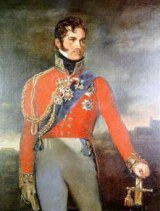

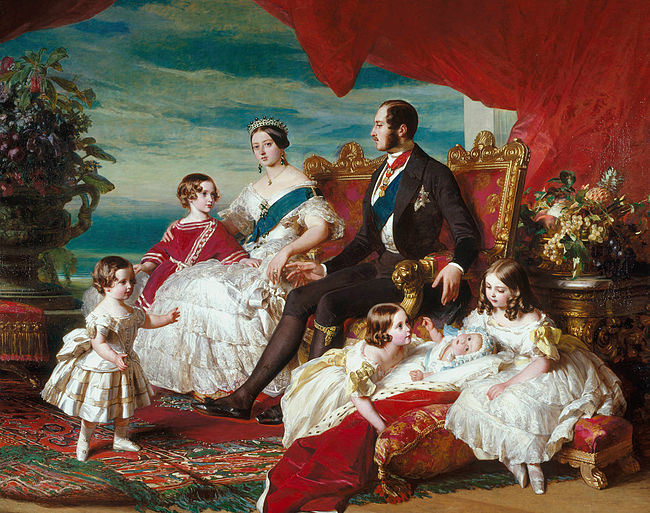
 found Catholicism conflicted with his own spirituality, he was against any form of intolerance. In the midst of a great anti-Catholic sentiment sweeping across the country, Prince Albert was prepared to stick his neck out against bigotry and it was largely thanks to him that the laws relating to the prohibition of Roman Catholic titles and the establishment of diocese in England were repealed. The idea of him being a puritan, though, is far from the truth. His understanding and gentleness in his descriptions of the promiscuous and unhappy Queen of Spain speak volumes about the heart of this beautiful man.
found Catholicism conflicted with his own spirituality, he was against any form of intolerance. In the midst of a great anti-Catholic sentiment sweeping across the country, Prince Albert was prepared to stick his neck out against bigotry and it was largely thanks to him that the laws relating to the prohibition of Roman Catholic titles and the establishment of diocese in England were repealed. The idea of him being a puritan, though, is far from the truth. His understanding and gentleness in his descriptions of the promiscuous and unhappy Queen of Spain speak volumes about the heart of this beautiful man.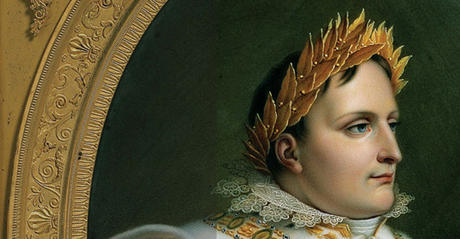
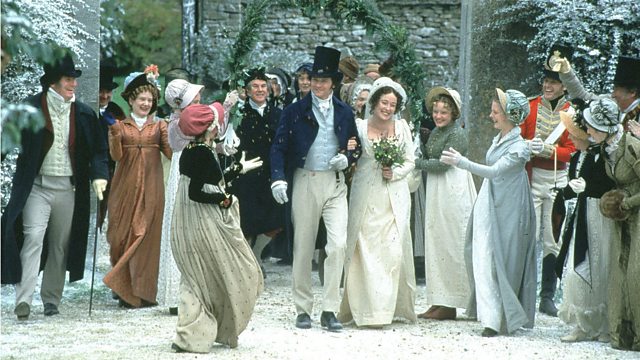


 When a gentleman was certain his feelings were reciprocated, he would ask permission of the lady’s parents to pay his addresses. A suitably private setting for the proposal could then be arranged. Most often he would be answered positively since it was very bad form for a lady to encourage an attachment she could not return. Occasionally an unwelcome proposal might be made despite her lack of encouragement, and then the lady would have to turn her suitor down but always with sensitivity to the man’s feelings.
When a gentleman was certain his feelings were reciprocated, he would ask permission of the lady’s parents to pay his addresses. A suitably private setting for the proposal could then be arranged. Most often he would be answered positively since it was very bad form for a lady to encourage an attachment she could not return. Occasionally an unwelcome proposal might be made despite her lack of encouragement, and then the lady would have to turn her suitor down but always with sensitivity to the man’s feelings.





 Petrus Gonsalvus, in his singularity, was successful man in life. The hypertrichosis that afflicted him and that definitely aroused great curiosity, rather than a limit eventually prove to be a “trump card.” Thanks to his intellectual gifts, he was considered one of the most well-known in the sixteenth century aristocrat. And this is his story.
Petrus Gonsalvus, in his singularity, was successful man in life. The hypertrichosis that afflicted him and that definitely aroused great curiosity, rather than a limit eventually prove to be a “trump card.” Thanks to his intellectual gifts, he was considered one of the most well-known in the sixteenth century aristocrat. And this is his story. “monstrum” did not have that negative meaning we attribute to modern use, but something out of the ordinary, of portentous, exceptional. In fact, Aldrovandi showed those malformations that nature often gives surprise to all beings on this earth, human, animal and plant. In turn, the portrait painter Lavinia Fontana, a friend of the family Aldrovandi, portrayed the daughter of Petrus Antoinette called Tognina, and so also the same Petrus.
“monstrum” did not have that negative meaning we attribute to modern use, but something out of the ordinary, of portentous, exceptional. In fact, Aldrovandi showed those malformations that nature often gives surprise to all beings on this earth, human, animal and plant. In turn, the portrait painter Lavinia Fontana, a friend of the family Aldrovandi, portrayed the daughter of Petrus Antoinette called Tognina, and so also the same Petrus. Vienna), archduchess of Austria and queen of Hungary and Bohemia (1740–80), wife and empress of the Holy Roman emperor Francis I (reigned 1745–65), and mother of the Holy Roman emperor Joseph II (reigned 1765–90). Upon her accession, the War of the Austrian Succession (1740–48) erupted, challenging her inheritance of the Habsburg lands. This contest with Prussia was followed by two more, the Seven Years’ War (1756–63) and the War of the Bavarian Succession (1778–79), which further checked Austrian power.
Vienna), archduchess of Austria and queen of Hungary and Bohemia (1740–80), wife and empress of the Holy Roman emperor Francis I (reigned 1745–65), and mother of the Holy Roman emperor Joseph II (reigned 1765–90). Upon her accession, the War of the Austrian Succession (1740–48) erupted, challenging her inheritance of the Habsburg lands. This contest with Prussia was followed by two more, the Seven Years’ War (1756–63) and the War of the Bavarian Succession (1778–79), which further checked Austrian power. ncestors.
ncestors. Lorraine. Because of French objections to the union of Lorraine with the Habsburg lands, Francis Stephen had to exchange his ancestral duchy for the right of succession to the Grand Duchy of Tuscany. The marriage was a love match, and 16 children were born to the couple, of whom 10 survived to adulthood.
Lorraine. Because of French objections to the union of Lorraine with the Habsburg lands, Francis Stephen had to exchange his ancestral duchy for the right of succession to the Grand Duchy of Tuscany. The marriage was a love match, and 16 children were born to the couple, of whom 10 survived to adulthood. and exotic nature. Although symbolism was used in his art forms, it was not at all subtle, and it went far beyond what the imagination during the time frame accepted. Although his work was not widely accepted during his time, some of the pieces that Gustav Klimt did create during his career, are today seen as some of the most important and influential pieces to come out of Austria.
and exotic nature. Although symbolism was used in his art forms, it was not at all subtle, and it went far beyond what the imagination during the time frame accepted. Although his work was not widely accepted during his time, some of the pieces that Gustav Klimt did create during his career, are today seen as some of the most important and influential pieces to come out of Austria. It was most likely Mizzi Zimmermann, model and lover of Gustav Klimt, pregnant at the time, to arouse in him the inspiration for the reason of pregnant women that recurs in his work. During the making of “The Hope” that was again this theme, the son of a year just born from his relationship with Mizzi, Otto, died suddenly.
It was most likely Mizzi Zimmermann, model and lover of Gustav Klimt, pregnant at the time, to arouse in him the inspiration for the reason of pregnant women that recurs in his work. During the making of “The Hope” that was again this theme, the son of a year just born from his relationship with Mizzi, Otto, died suddenly. he spent every summer. Even in 1903 undertook a journey, this time in Italy. Klimt, who in a message of greeting to Emilie Flöge once already had left to go to the exclamation “To hell with words!”, Again was stingy with descriptions of his travel impressions. The phrase “… in Ravenna so much misery – mosaics of unprecedented splendor …” it is to be considered then one of the comments most enthusiastic about art that we know was pronounced by Klimt.
he spent every summer. Even in 1903 undertook a journey, this time in Italy. Klimt, who in a message of greeting to Emilie Flöge once already had left to go to the exclamation “To hell with words!”, Again was stingy with descriptions of his travel impressions. The phrase “… in Ravenna so much misery – mosaics of unprecedented splendor …” it is to be considered then one of the comments most enthusiastic about art that we know was pronounced by Klimt.